Caño Island is one of the best dive locations in all of Costa Rica. The best place to dive the island is from Drake Bay because of the inclusive experience, smaller groups, and closer access.
On the way out to Caño Island, we had a special sighting of spotted dolphins in the distance. Upon my return, the dive company fed us all lunch—something very unique and special compared to any other company I’ve dived with around the world.
I dove 2 sites and explored Caño Island in between. While one dive was long and filled with sharks and turtles, the other was short and filled with rays and eels. Although the dives were pretty normal the overall experience was unique. This is why I highly recommend diving Caño Island from Drake Bay.
Choosing Where To Dive In Costa Rica
The major dive locations around Costa Rica encompass just a few areas (highlighted in the map above). The majority are on the Pacific side. There are the Catalina Islands, Mucielago Islands, Cocos Island, and Caño Island on the Pacific Side and then Punta Uva on the Caribbean side.
I highly considered going to Cocos Island because of how amazing it is out there particularly for larger sea life. Cocos Island is known for its Orca sitings, whale sharks, massive schools of hammerhead sharks, pods of dolphins, and more. The downside is the time commitment and pricing. Liveaboards are typically at minimum 6 days and will cost thousands of dollars. They require planning ahead to schedule a spot on a ship scheduled to go there. I was unwilling to blow that much time and money on my 2 weeks in Costa Rica.
Caño Island or the Isla del Caño Biological Reserve on the south Pacific side of Costa Rica was where I decided to dive. The waters surrounding Caño have one of the largest and best reef formations on that side of the country. In fact, some tourists say it is the second best place to dive in all of Costa Rica, behind Cocos Island.
There is promise of seeing rays, turtles, sharks, and plenty of fish and other marine life. Depending on the dive site there are manta rays and depending on the time of year there are humpback and pilot whales! With this kind of reputation and without having to plan a liveaboard out to it, Caño Island was the easy choice for me.
I was easily glad for this choice for other, unexpected benefits!
Diving With Costa Rica Adventure Divers
I explored dive companies ahead of time mainly to assess the pricing. As a budget traveler, I’m always paying attention to these details in advance. But I didn’t book anything in advance. I was still operating on my spontaneous travel agenda—going where the wind blew me.
I quickly learned that diving Caño Island specifically from Drake Bay was the best decision!
The first benefit was that, although Caño Island is a little more expensive than other dive locations in Costa Rica, there is a pricing agreement among all the companies on Drake Bay. No matter which one you go with, they all charge the same flat rate of $155 for 2 dives plus some extra perks which I describe below. This includes all equipment, taxes, and park fees. So I just picked the company with the best reviews and it also happened to be the one most convenient to me. Cosa Rica Adventure Divers was literally right across the street from my Airbnb stay at Jade Mar!
The second benefit of diving Caño Island from Drake Bay was that they kept the boats small and groups small. We had 2 dive masters aboard the boat and each had only 4 divers.
My dive master was a young, local from Drake Bay named Lynch. He is pictured giving the peace sign below. I later learned that he was the boat hand from the day before at Playa Josecito who said hi to me! Drake Bay is a very small town! :)
I dove with a couple from California and my dive buddy was a guy from Peru. I love when I’m not diving with a ton of other divers and I get a more intimate experience!
The third benefit to diving Caño Island specifically from Drake Bay is its closeness. The boat trip there took only about 45 minutes—at least half the time from other locations in Costa Rica.
Getting To Caño Island
We took a small boat to Caño Island about 16 km northwest of Drake Bay. The area and dive options surrounding the island include 5,800 marine hectares!
I was hoping before we left that we’d see some dolphins along the way. My wish came true! There was a pod of spotted dolphins ahead that we stopped to watch swim by. See them in the video below.
I attempted to get a video of the dolphins with my camera held under the water. The video didn’t catch any dolphins in view. I guess we weren’t close enough. Darn!
One day, I will be diving and see dolphins or whales close up!
“The Anchor” Dive Site
Eventually we made it to our first dive site called The Anchor. For this dive, we spent about 75 minutes under water with a max depth of about 18 meters.
There was a lot of reef here and tons of small fish densely packing the area around the reef system.
This area is very famous for its shark sightings. Almost right away, we saw a group of white-tipped reef sharks just starting to wake up from a morning snooze.
Caño Island dives are also famous for their turtle sightings! I saw a total of four on this dive including one VERY large one.
The large turtle was still not quite as voluminous as the couch-sized turtle I saw while night diving the great barrier reef.
The fish were varied and plentiful on this dive! They were happy to be a part of a photoshoot.
A Break On Caño Island
After such a long, first dive, it was time a break. The dive company fed us a little cup of fresh pineapple and a dense cookie. I also brought my own snacks!
Then they drove us up onto the beach on Caño Island so we could relax and explore a bit. The coastline around Caño Island is quite rocky reflecting the coastlines I saw all along my hike from Drake Bay the day before.
Caño Island is quite large at 320 land hectares. I underestimated this when I decided to take what I was hoping might be a short hike to the other side of it.
We didn’t have a ton of time to spend on the island. But there was enough time at least to go up to a viewpoint.
I attempted to walk to the other side of the island. After about 15 minutes, I decided it was a bit too far. I didn’t want to miss my boat!
I turned back, but as I was walking I did take note of the old informational signs posted along the path.
These signs spoke of the island as a pre-Columbian grave site for local indigenous tribes. Various artefacts are found all over the island including stone spheres evidently carved by early civilizations.
Back down on the beach, I was able to get a bathroom break at a small building there. The dive masters made sure to document our landing—apparently all people who come to the island have to for the record.
I took some time to lounge on the beach before they called us back to the boat for our next dive!
“Barco” Dive Site
At our next dive site, called Barco, we spent 43 minutes underwater at a max depth of about 19 meters.
Lynch initially led us down the mooring line and then out toward what we were hoping would be lots of reef and marine life. But we ended up fighting a bit of current and kicking across a large open sandy area for quite some time.
It was hard work, and I kept wondering if we were going in the right direction. Lynch apparently got a little turned around. But we eventually made it back to where we needed to be. I believe we lost about 15 or more minutes of time doing that and we also went through quite a bit of air! This is why we only stayed down for under 45 minutes.
Sometimes this happens when diving. Getting turned around is easy. Luckily, dive computers and compasses and the knowledge of your dive master can get you back on track.
When we did, we still got to see a lot of cool marine life. We saw a lot of similar stuff to the first dive, but we also saw a school of sting ray, a moray eel, and a snowflake eel
Sting ray
Snowdlake eel
Of course, we also saw lots of beautiful reef and I even spotted a large clam.
Lunch And Debrief
I was really surprised to learn that this dive company feeds its divers lunch after the trip. I wondered if this was a feature of all the dive companies in Drake Bay. I found out that a lot of tours for other activities also include meals, which is really nice.
I have dove all over the world and never had a full meal included in the price of my dives!
We went up the road from the beach to DinerCraft Bar & Restaurant. There was a beautiful pool there and hightop tables that we set up at. The staff were waiting for us and had already started to prepare our meals because we put in our orders earlier in the day.
I had fish, salad, rice, and plantains.
I really appreciate the opportunity to sit with my fellow divers after diving all morning to compare photos and notes. The company got out charts showing the marine life in the area so we could better identify what we saw.
This is how I learned the name of the snowflake eel, for example.
There is not always the opportunity to do this at other dive shops around the world. Especially when there are many tourists and tours happening in one day through that company, they often hurry you back and through a process of removing and cleaning your gear. Then everyone disperses. Many times, I’ve even missed getting a stamp on my dive log book confirming my dives as official.
I made sure to go back with Lynch to the shop to get a stamp this time and he was happy to accommodate! It’s the slower, peninsula way of life there in Drake Bay!
In Conclusion
What would a dive post be without a video overview of my entire experience! Check it out below.
I really enjoyed my time diving Caño Island. It wasn’t the most spectacular dive experience I’ve had but it stood out from other dive tours I’ve been on. This dive company and location really stood out from the rest I’ve encountered around the world.
I’d love to go back but maybe next time spend the money and take extra time to travel by liveaboard to Cocos Island! I should start saving up for it now, though! ;)


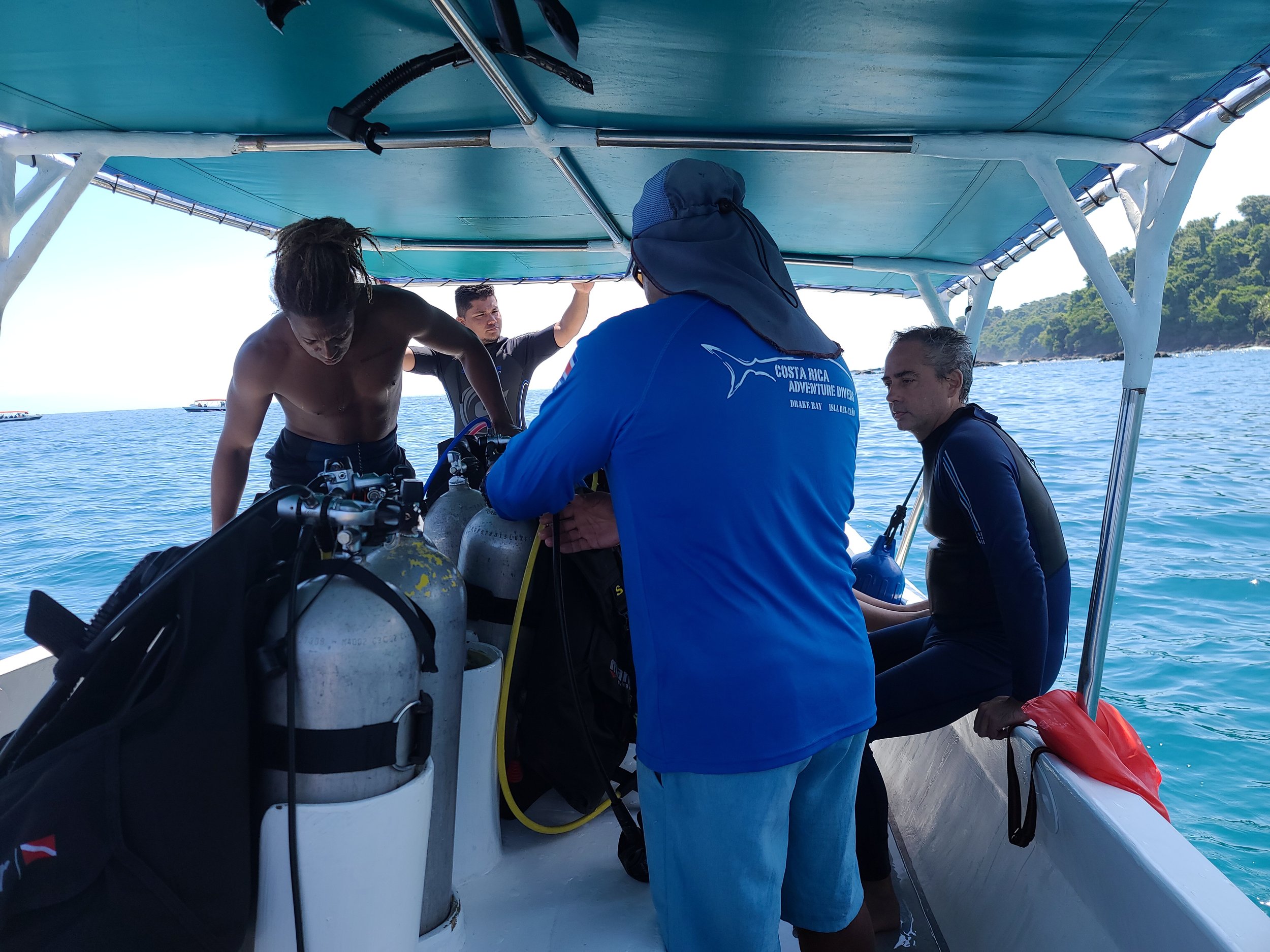
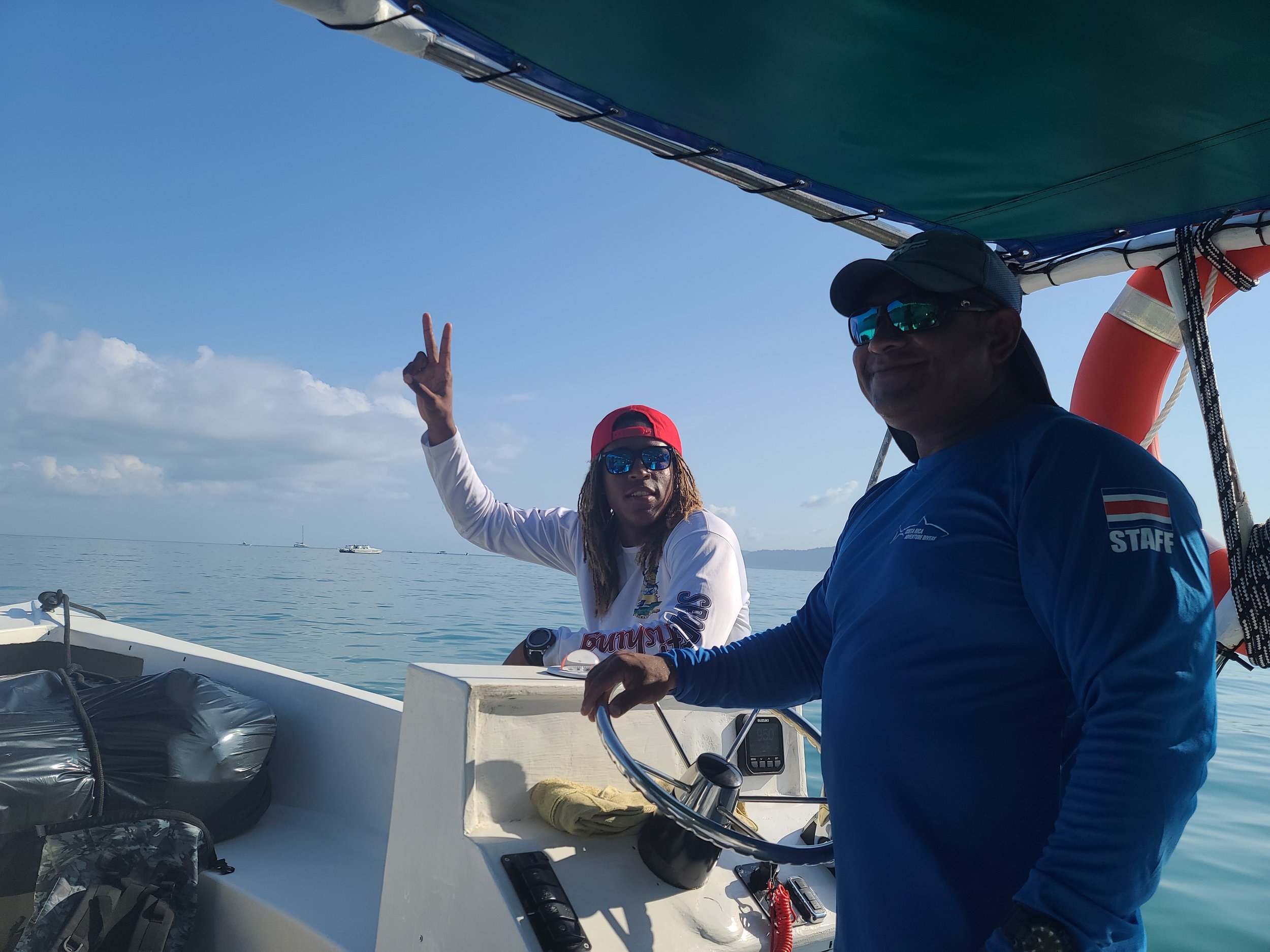





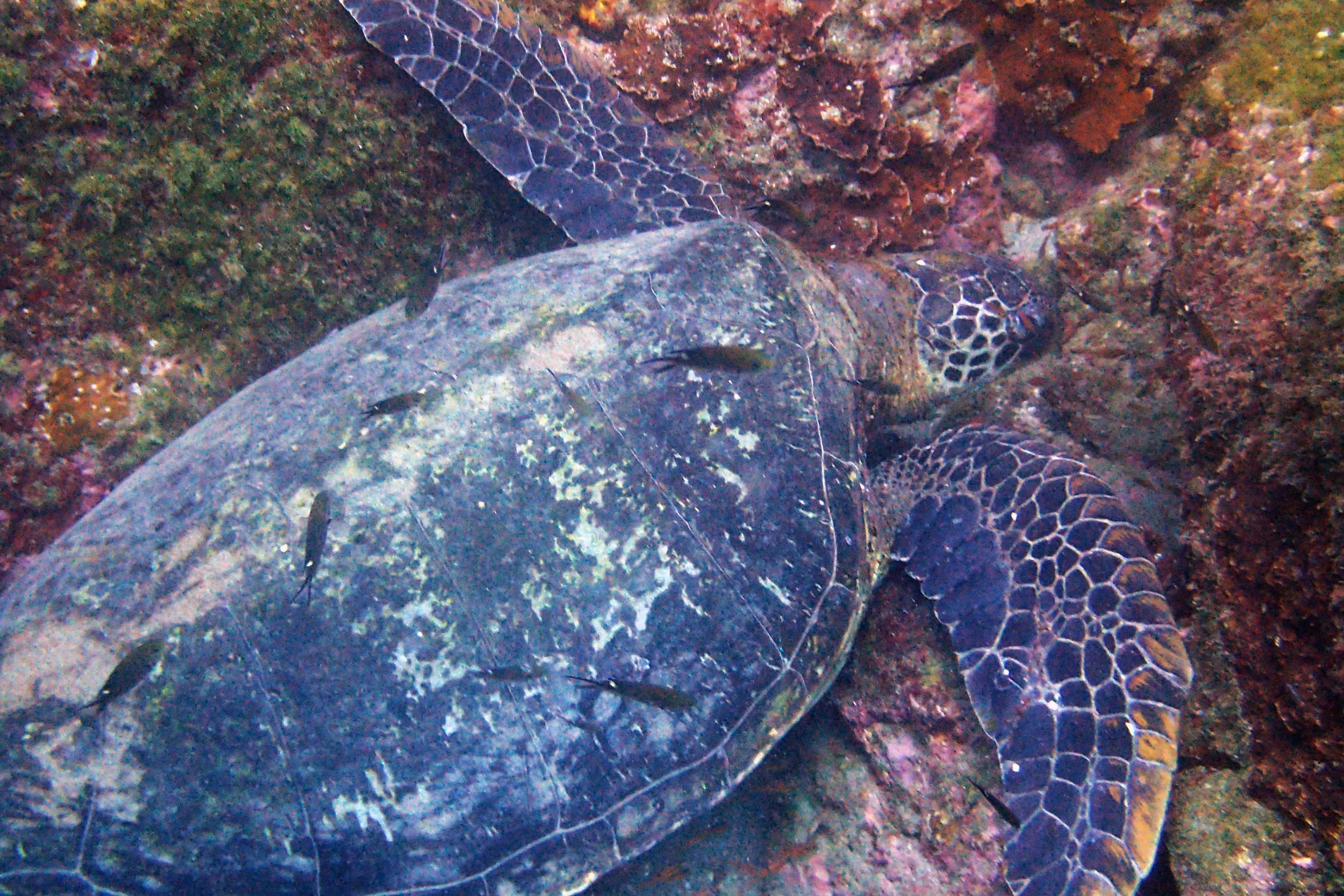






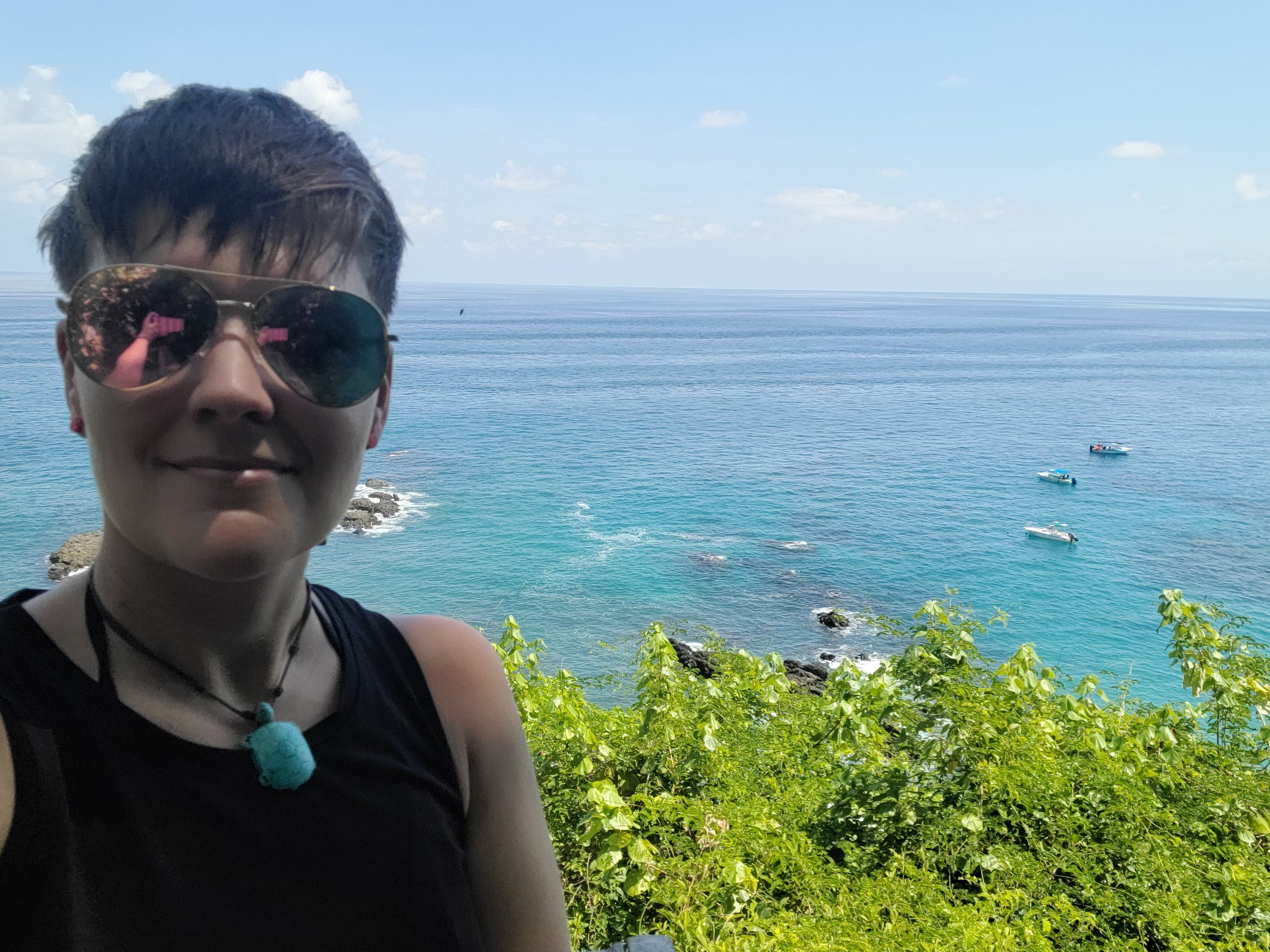







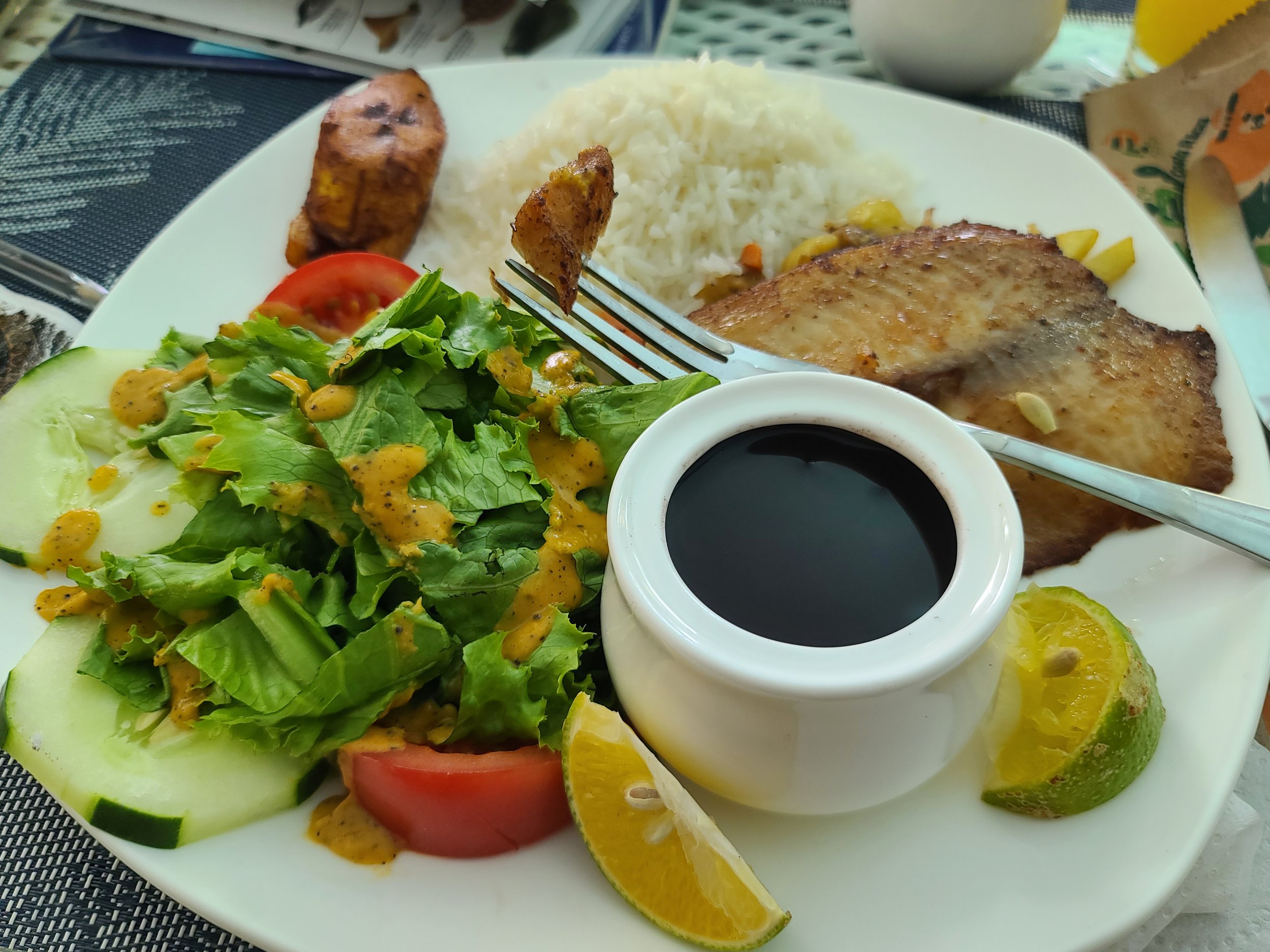

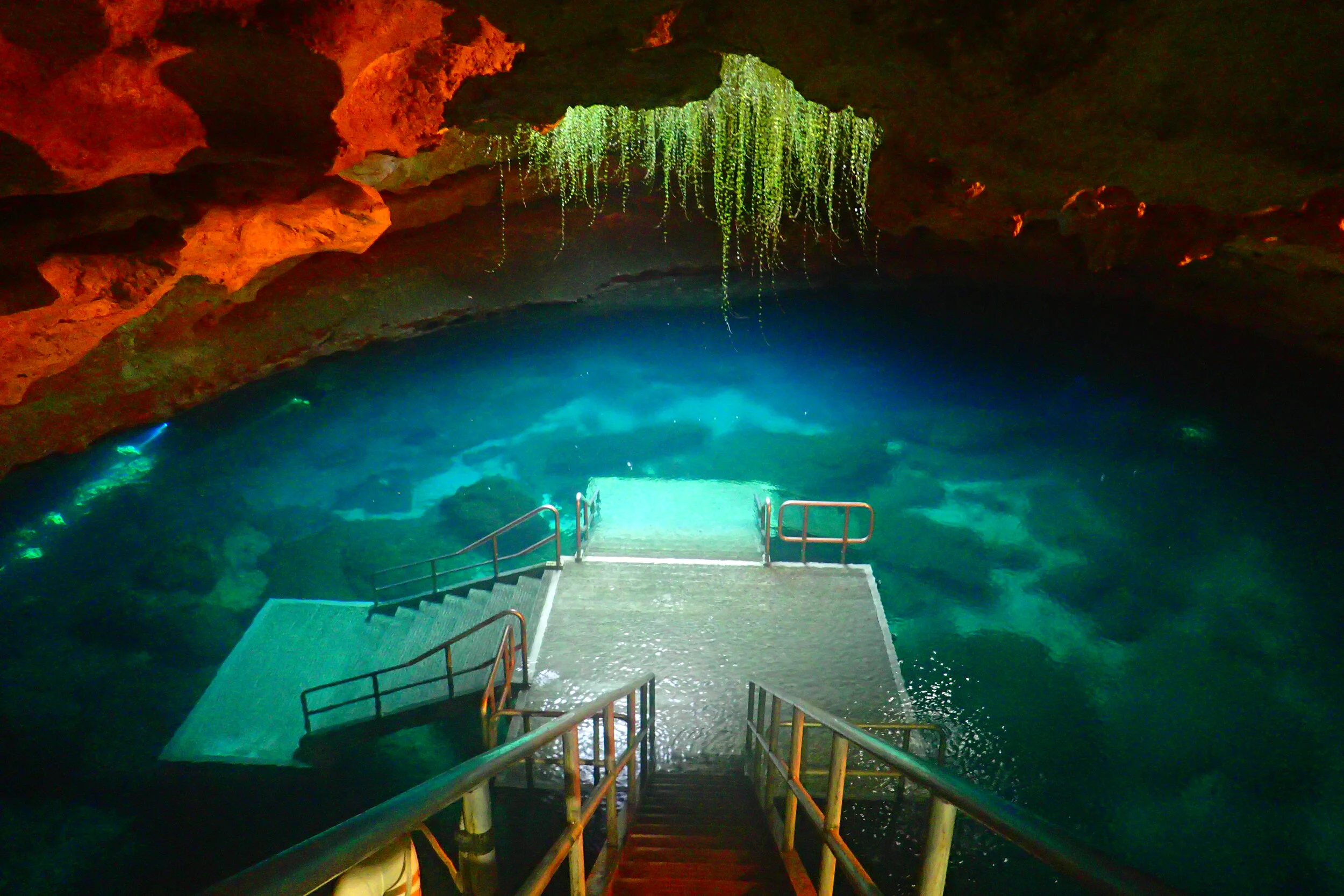
![The Weirdest Wreck Dive Ever in Oahu, Hawaii [Videos]](https://images.squarespace-cdn.com/content/v1/53b6ec86e4b09a1fb529c6b8/1495503689897-GKNBIMA33QOT3WMKPMHN/P1211051a.jpg)
